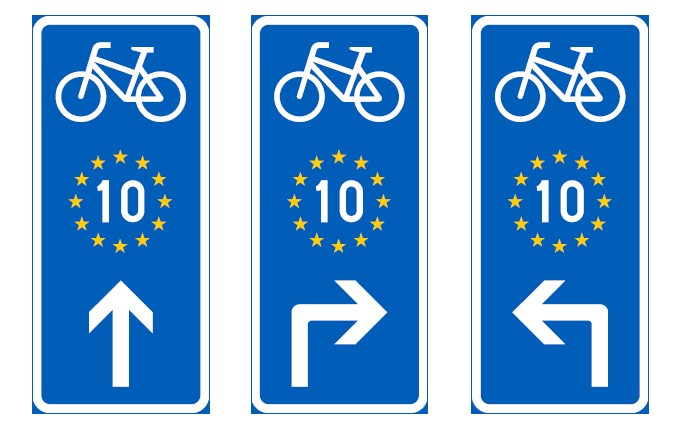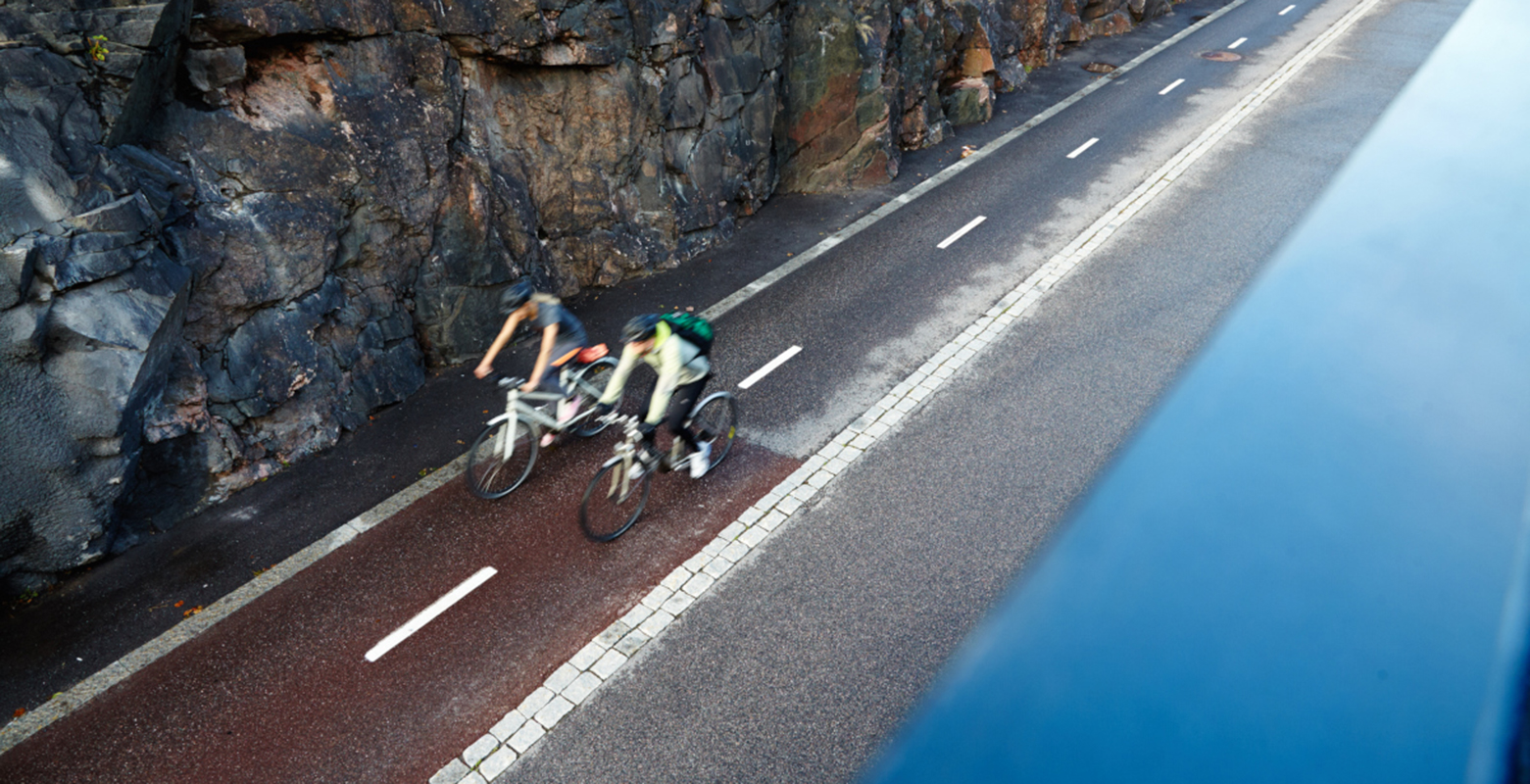Cycling along the west coast or eastern border
Finns are spending this summer in Finland. One way to enjoy the summer time is to travel by bicycle along one of the Eurovelo cycling routes.
EuroVelo is a project promoted by the European Cyclists’ Federation which is aiming to establish a cycling route that spans the entire continent, with a length of nearly 90,000 kilometres.
‘There are currently four routes through Finland, which mostly run along the state-owned transport network,’ says expert Maija Rekola from the Finnish Transport Infrastructure Agency.
Information about the routes can be found on the EuroVelo webpages. The Iron Curtain Trail, for example, runs from Näätämö to Virolahti and the Baltic Sea Cycle curves round from Vaalimaa via Turku to Tornio.
A total of EUR 42.9 million has been allocated in the 2020 budget and in the fourth supplementary budget for the promotion of walking and cycling. Of this total, EUR 10 million is being spent on the development of the state transport network, and the Finnish Transport Infrastructure Agency has got stuck into the task of installing signposts for the EuroVelo routes.
'The first signposted EuroVelo section will be completed this summer between Helsinki and Turku,’ Rekola adds.
The signs for this route will be installed by the ELY Centres of Southwest Finland and Uusimaa, and the route itself offers splendid views, including the shoreline landscapes and historical attractions of Tammisaari.
The Finnish Transport Infrastructure Agency is also examining, in cooperation with the ELY Centres of Southeast Finland and Uusimaa, the options for signposting the section between Helsinki and Vaalimaa. On this section of the route, you can enjoy the milieu of the old Pyhtää ironworks and visit Porvoo and Kotka.

The stars of Europe lead the way
EuroVelo signs are included in the new Road Traffic Act, and there are three types: pedestrian and/or cycling signs, an advance direction sign for cyclists (shown above), and a distance sign for cyclists that could be positioned, for example, at a crossroads. Where necessary, these will also be supplemented with signs for car traffic.
'EuroVelo signs can be distinguished from other traffic signs because of the European 12-star symbol visible on them, explains Expert on Road Signs and Markings Jukka Hopeavuori from the Finnish Transport Infrastructure Agency.
Cyclists can check from the distance signs how far there is to go to the different destinations. For example, the signs between Helsinki and Turku indicate that the journey covers a total of 180 kilometres.
The routes are designed with safety in mind, meaning that the roads selected are in good condition and usually have little heavy traffic. In Finland, population centres are widely dispersed, which makes things easier for the route designers.
‘Another special feature in Finland is the abundance of private roads. Some of these can be signposted as a cycling route, but some cannot,’ Hopeavuori explains.
Cycling supports particular localities, and vice versa
Cycling is good for both the individual and society. The lakeland regions, the coastlines and the eastern border’s forests and wilderness areas each paint a different image of Finland.
‘Cycling is an excellent way to get to know your own country,’ Rekola emphasises.
Local companies also benefit from cycling, as the slower pace of travel means that many cyclists stop to make use of accommodation and restaurant services.
'People planning to use the EuroVelo routes should find out beforehand both the details of the route and the services available,’ Hopeavuori advises.
Locality is a key word for cycling tourism, and the routes are good news for Finnish municipalities. Indeed, a number of municipalities have been getting just as enthusiastic about cycling as citizens themselves, with several routes in the Tampere region and Eastern Finland, for example, having seen rapid development.
‘The development of cycling tourism is an important part of the implementation of the national programme for promoting walking and cycling. In addition to developing signs and routes, the state also supports, for example, the establishment of a national centre for cycling tourism,’ explains Senior Specialist Tuire Valkonen from the Ministry of Transport and Communications.

